India and Canada finally have a workable reset on the table. The last two years were rough. The episode of Hardeep Singh Nijjar’s killing, Ottawa’s allegation and New Delhi’s denial froze a relationship that once felt easy. High commissions thinned out, trade talks stalled, and everyday links—students, families, flights, suppliers—grew brittle. That cycle is no longer inevitable. Ottawa’s political cast has changed, the tone has shifted in both capitals, and the diplomatic calendar offers real touchpoints to rebuild trust—quickly.
A Different Ottawa, a Cleaner Slate
Mark Carney’s arrival as prime minister matters because he is not invested in yesterday’s fights. His brand is competence and quiet deal-making, not performative trench warfare. That gives him space to lower the temperature with India and move sensitive issues—such as security, mobility, and trade—into professional channels. His cabinet choices underline that intent. Anita Anand—experienced and measured—now leads Global Affairs Canada. A broader slate of Indian-origin ministers without links to fringe diaspora politics signals a shift from symbolism to problem-solving. New Delhi noticed.
October in Delhi: The Ice Begins to Thaw
In mid-October, Foreign Minister Anita Anand made her first official visit to India, meeting with Prime Minister Narendra Modi, External Affairs Minister S Jaishankar and Commerce Minister Piyush Goyal in Delhi, as well as engaging with firms in Mumbai. The agenda—trade resilience, energy, AI, critical minerals, agriculture, and security—mapped where both economies need each other. Crucially, the stated objective was to reset ties and deepen people-to-people links, not litigate the past. Indian officials framed the visit as a means to build momentum and revitalise mechanisms. That frame anchors the relationship in practical workstreams rather than grievance.
November in Niagara: A Timely, Neutral Platform
Canada hosts the G7 foreign ministers in Niagara on November 11–12, with India among the participating outreach countries. Jaishankar is slated to attend and may meet Anand on the sidelines. The agenda—maritime security, economic resilience, energy security, and critical minerals—aligns with the new worklist and provides a neutral, multilateral setting to facilitate ongoing repairs. If Anand and Jaishankar meet again in Niagara, it will be their third engagement in forty-five days. Choreography then becomes a process, and process is the raw material of trust.
Impact Shorts
More ShortsThe diplomatic diary is invaluable. Following the Niagara event, India will host the AI Impact Summit in New Delhi in February. If Prime Minister Carney attends, his first visit to India as PM can align AI safety, public-interest innovation, compute access, and standards. Later in the year, both leaders will attend the G20 in Johannesburg, an opportunity to show cooperation on debt, development, and resilient supply chains. Sequence matters: October’s meetings, November’s interaction, February’s AI summit, and November’s G20 can convert goodwill into muscle memory and protect a pragmatic track from domestic politics.
From ‘Problem Statement’ to Plan
The reset will work only if both sides treat it as a management issue, not a morality play. First, handle security quietly. New Delhi’s bottom line is clear: no tolerance for violent extremism cloaked as free speech. Ottawa’s is clear too: the Charter and the courts adjudicate speech. The path through is operational. Revive a standing security working group with scheduled meetings, brief readouts, and tracked actions. Joint designations of violent actors, de-risked events, and a protocol for real-time cooperation will build confidence. Handle the loudest issue most silently.
Second, deliver mobility with responsibility. Students and families took the biggest reputational hit. A rapid package—priority student visas, a rules-based post-study pathway, early movement on mutual recognition in selected professions—will restore predictability. Both sides should restore consular staffing and issue joint guidance to prevent rumours from swaying applicants.
Third, pursue a trade that is narrow, deep, and doable. Reviving CEPA is sensible, but a near-term CEPA-lite corridor is wiser. Clean energy and critical minerals, plus education services and digital/AI cooperation, offer natural fits. Annexe-ready chapters in these lanes can advance while the comprehensive deal catches up. Early wins depoliticise the economic track.
Fourth, make critical minerals the flagship. Canada needs offtake certainty and investment. India needs a reliable and friendly jurisdiction for battery, electronics, and clean tech supply. A “Minerals for Mobility” compact—characterised by transparent permitting timelines, credible ESG disclosures, clear offtake commitments, and a blended-finance window—can transform talking points into projects and jobs in both countries.
What Each Side Should Do Now
Ottawa should reactivate the security working group and commit to short readouts after every sitting. That formality signals a structured process, not a photo op. It should ease mobility bottlenecks by agreeing with India on student and family processing targets, publishing them, and meeting them before the January intake.
A single empowered point person for critical minerals—spanning Natural Resources, Innovation, Finance, and Global Affairs—should table the first project slate within ninety days. Canada should also use the February summit to propose a “Canada–India AI for the Commons” workstream covering safety benchmarks, compute for health and language technologies, and reciprocal sandboxes.
New Delhi should restaff the mission in Ottawa and appoint the next High Commissioner early. An evidentiary template distinguishing lawful speech from violent action will make Indian requests easier to deliver within Canada’s rule-of-law traditions.
Building on Anand’s Mumbai engagements, India should back a standing Mumbai–Toronto business corridor with quarterly CEO-level check-ins focused on logistics, agri-food, and clean-tech components. On the multilateral stage, India should position Canada as a partner in African development finance, debt reform, and health security.
Good Timing
Three things are different now. First, the politics: a new Canadian leadership team is not constrained by prior framing and does not need to prove its toughness through theatrics. It needs outcomes. Second, the venues: Niagara offers a neutral forum to institutionalise the thaw; the AI summit provides a concrete, future-facing deliverable; and the G20 offers a global stage for a maturing partnership. Third, the economics: both countries need diversified resilience. India needs secure minerals and know-how for clean-tech ambitions. Canada needs to reduce single-market exposure and find demand-rich partners for the energy transition and digital public goods. A narrow-but-deep corridor can move now while a comprehensive pact catches up.
This reset will stall if either side turns the process into theatre. Diaspora politics in Canada and security sensitivities in India are real, so the work must be technical, layered, and steady. Diplomacy restarts with people in a room who keep returning to the table. The discipline is to keep them there, on schedule, with a checklist, and to produce small, verifiable outcomes.
A Scorecard for February
By the AI Impact Summit in February, success should be visible without fanfare. This includes at least two formal meetings of the revived security group, accompanied by a brief joint readout and a tested crisis-communications protocol. It also involves meeting published intake targets for students and families, restoring consular staffing, and establishing a roadmap on professional recognition in two sectors.
Additionally, there should be a joint statement launching “Minerals for Mobility” with two pilot projects and a blended-finance window. Finally, an “AI for the Commons” workstream should be active, featuring two public-good pilots—health and language—and an early safety-benchmark exchange.
Hit those marks and the relationship will feel normal again—perhaps better than before. Miss them, and old habits will reassert themselves.
Carney’s government has a clean slate and a problem-solving instinct. Anand’s October visit began the thaw; Niagara can institutionalise it, and a substance-first Carney visit for the AI summit can solidify it. In Johannesburg later that year, both prime ministers could demonstrate that pragmatism—on security, minerals, and technology—could rebuild a partnership that others had written off. That is the test. It is also an opportunity.
(The author is the Executive Director of the Centre for Legislative Research and Advocacy (CLRA), New Delhi. Views expressed in the above piece are personal and solely those of the author. They do not necessarily reflect Firstpost’s views.)


)
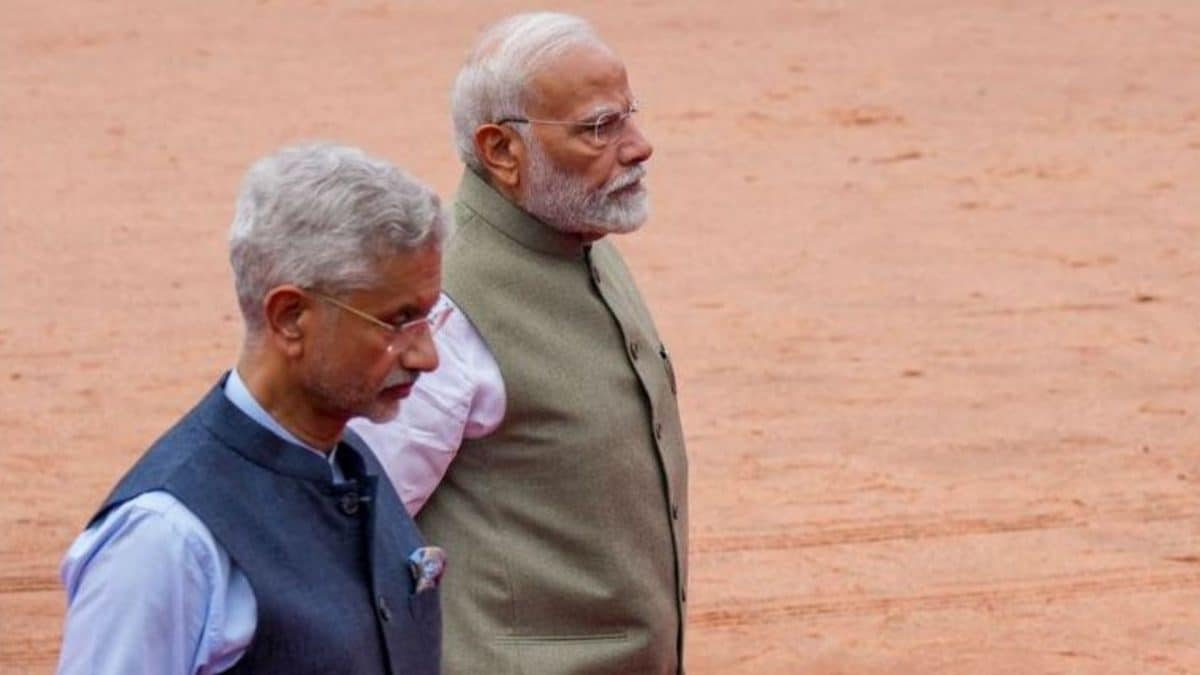
)
)
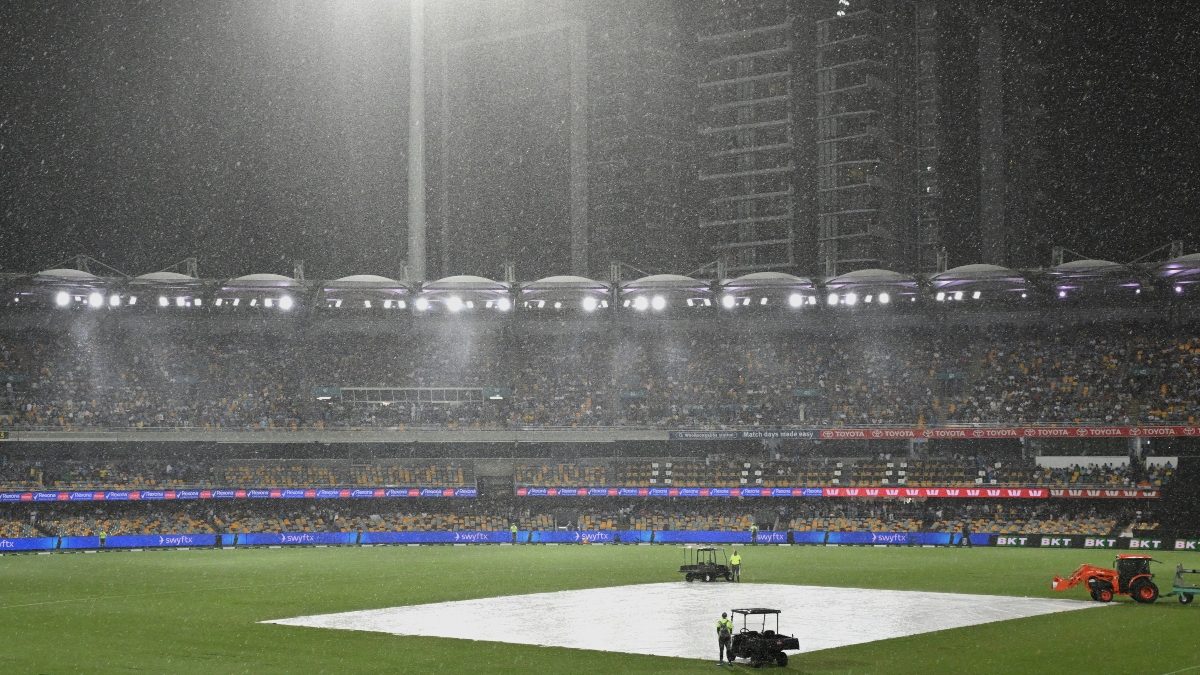)
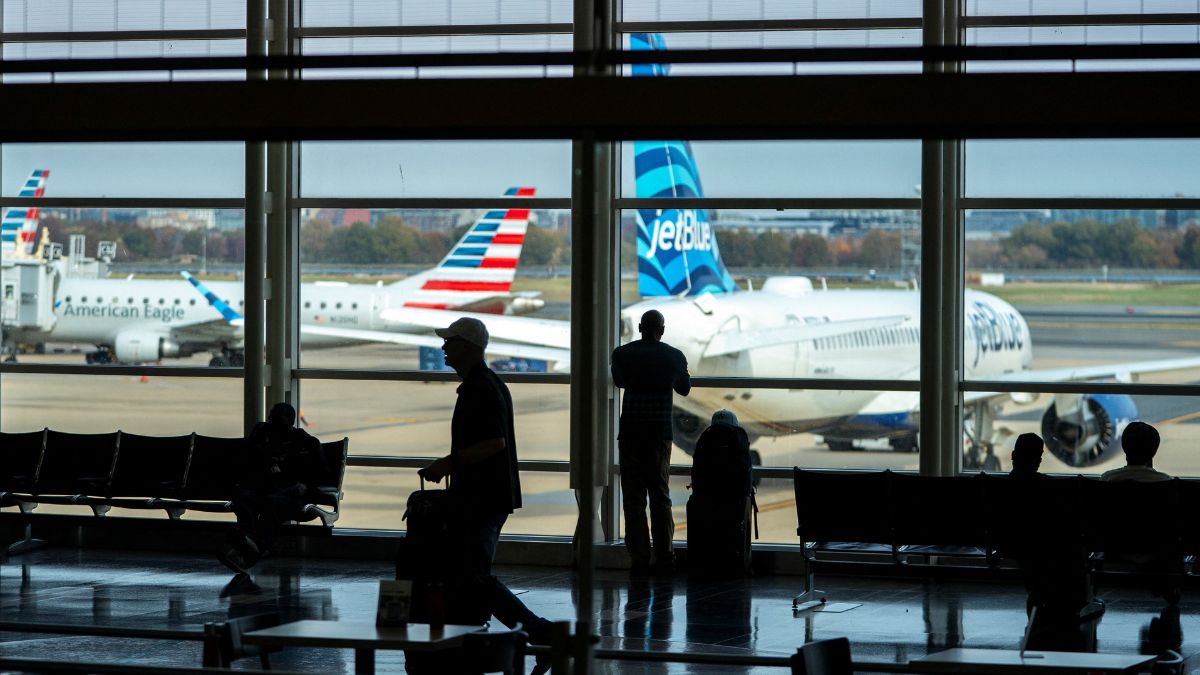)
)
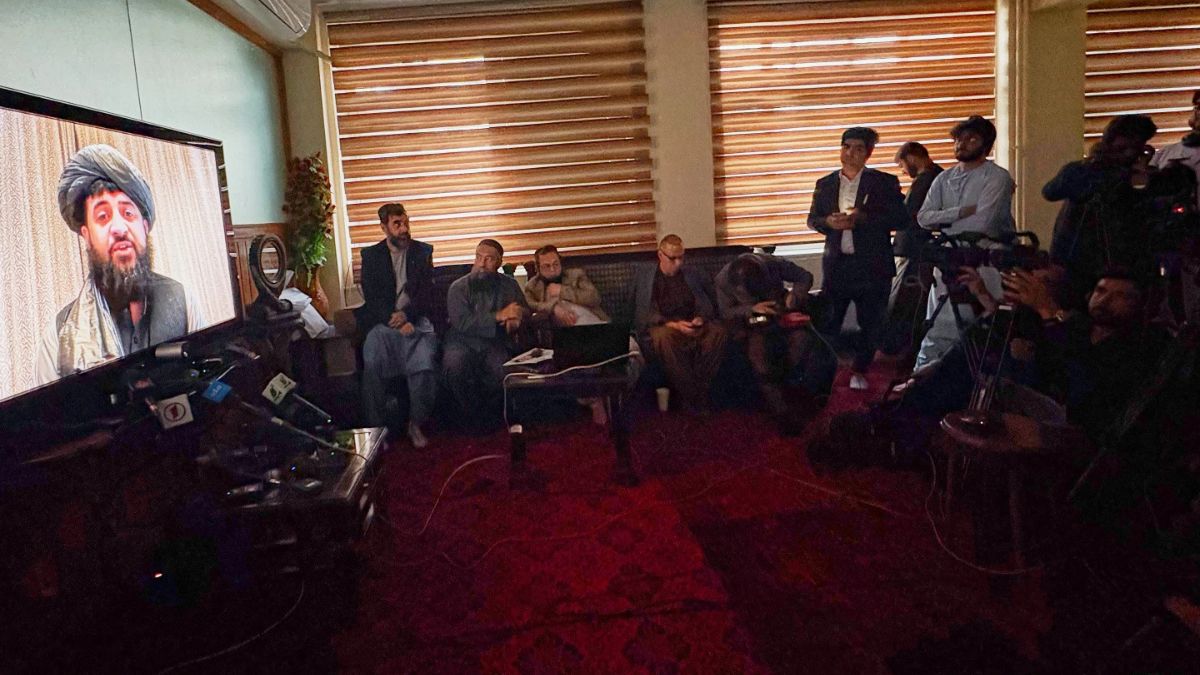)
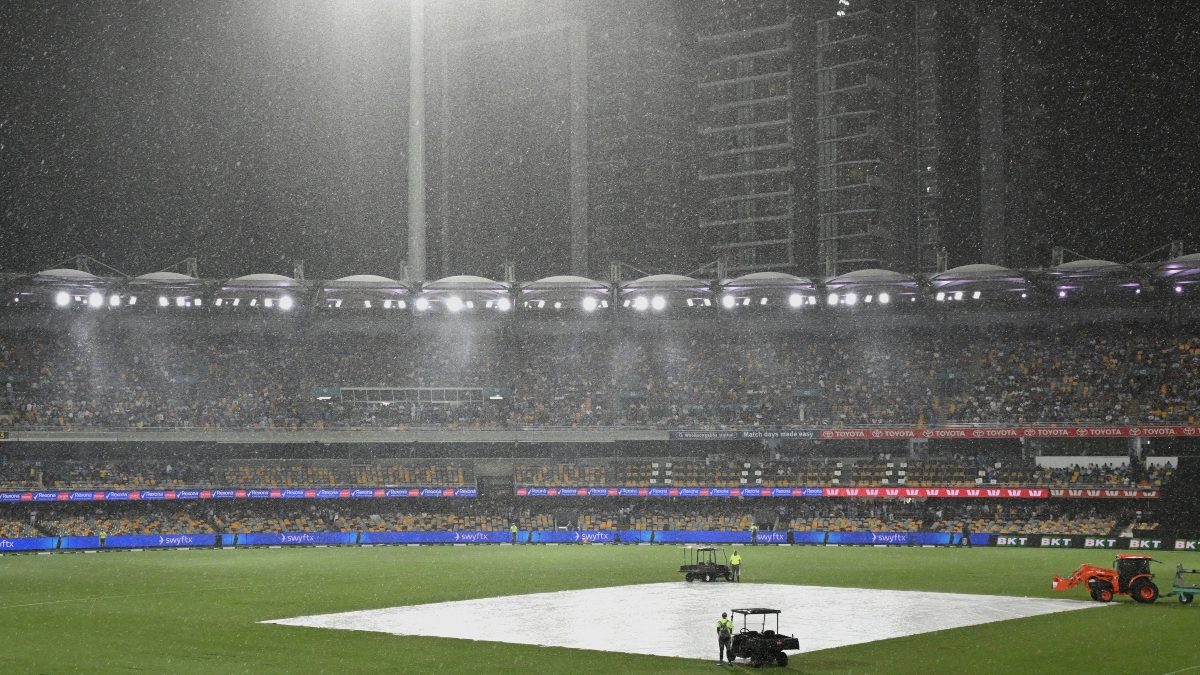)
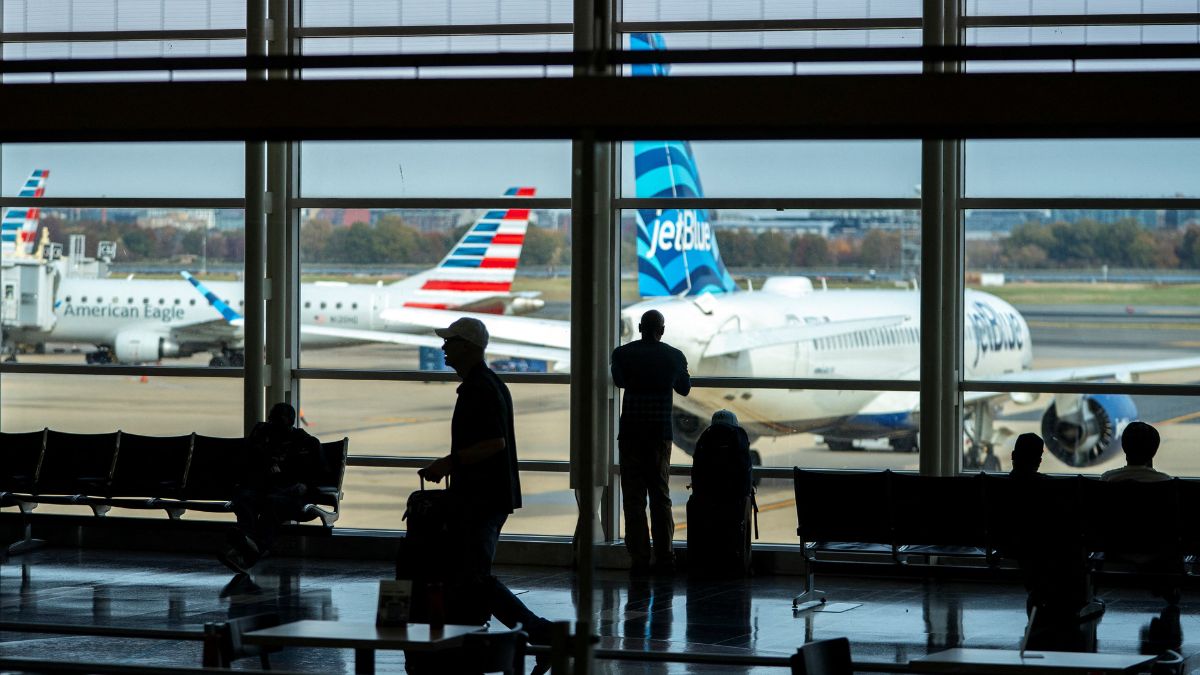)



